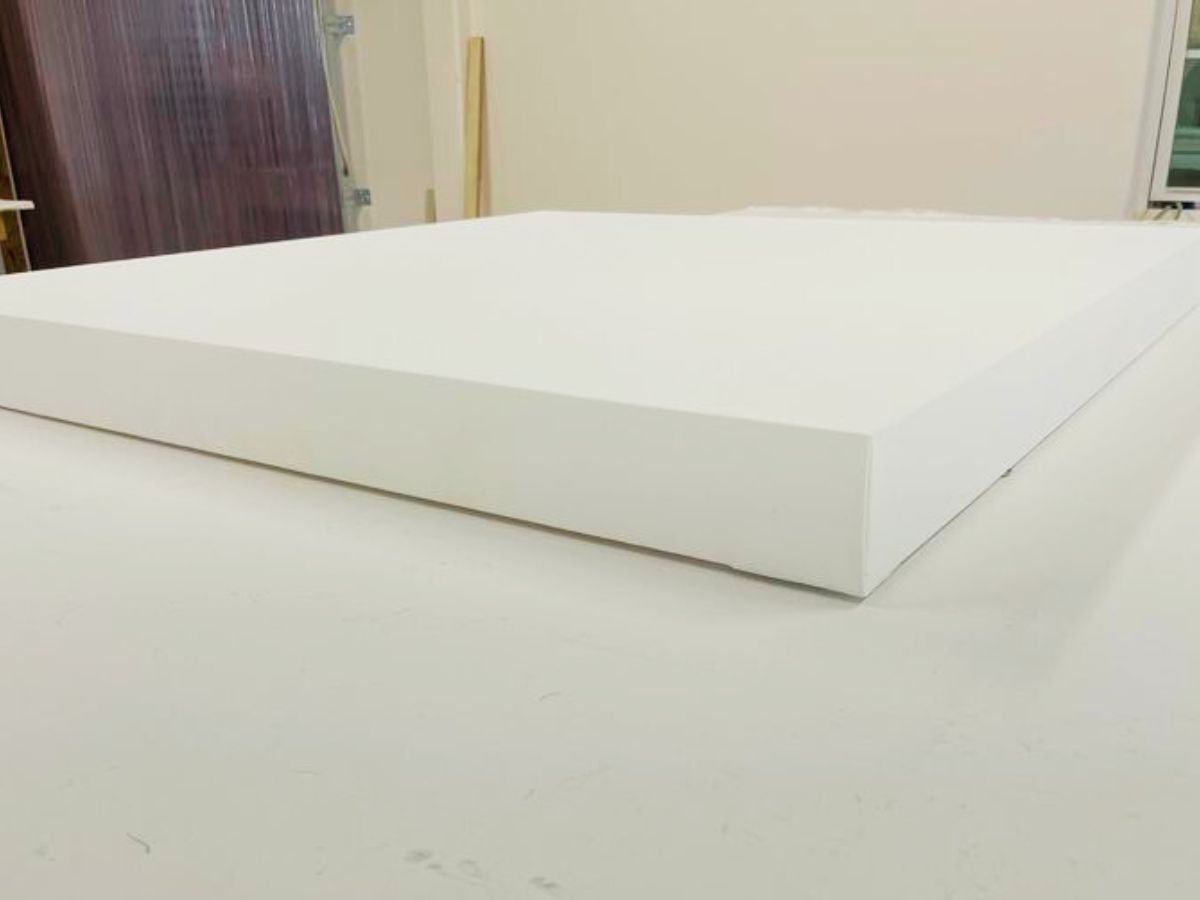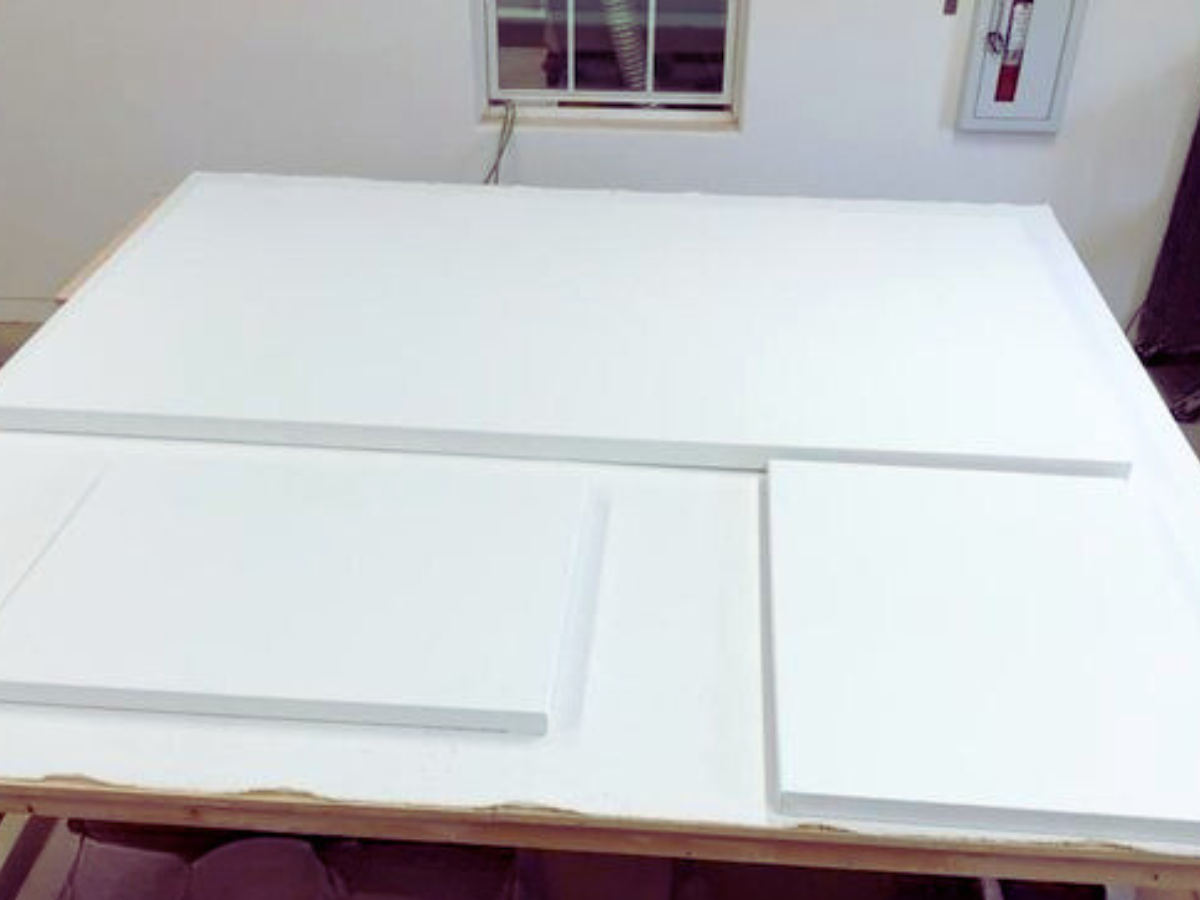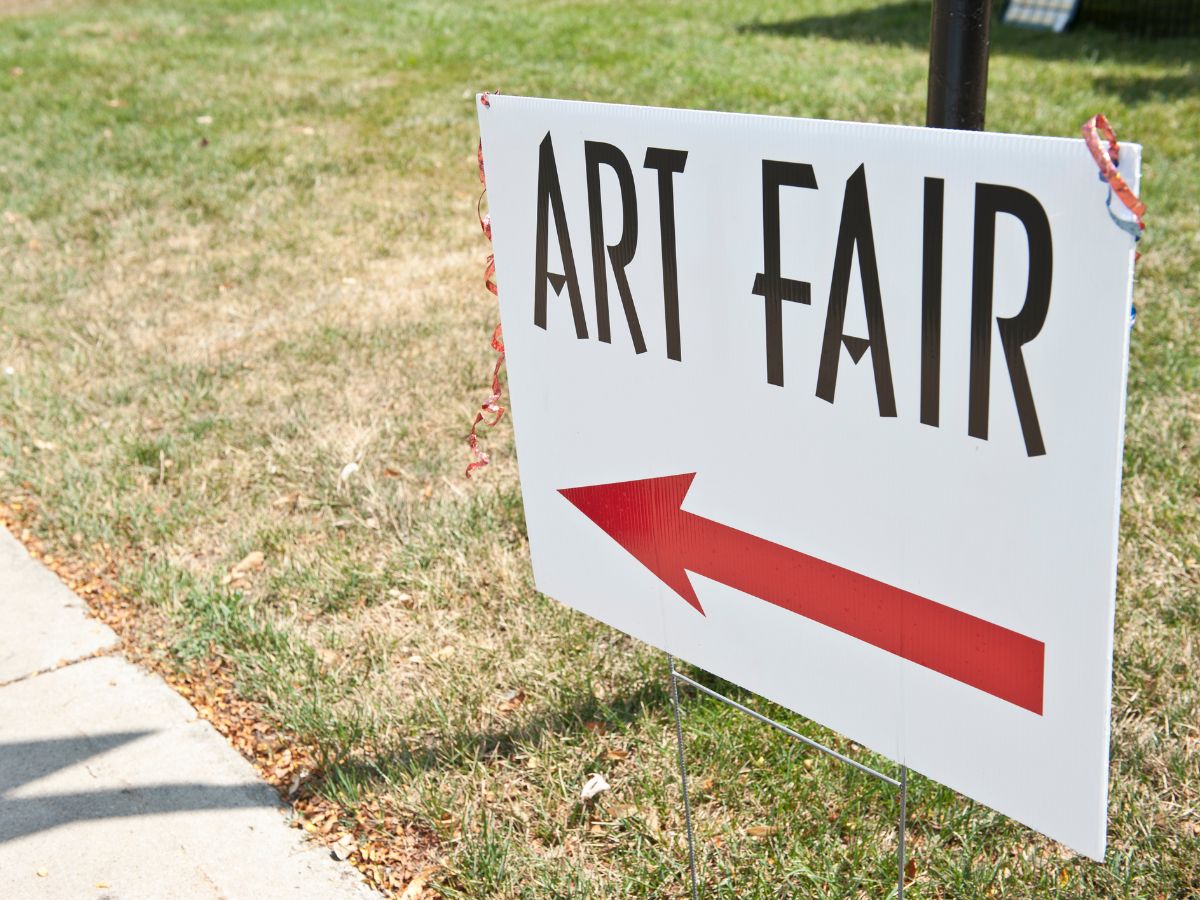
How to Choose the Perfect Painting for Your Living Room: A Guide for Art Enthusiasts
Selecting a painting for your living room is an exciting affair that allows you to infuse your personal style into your home’s central gathering space. Let’s explore some key considerations to help you make a choice that resonates with both your aesthetic preferences and the room’s design.








